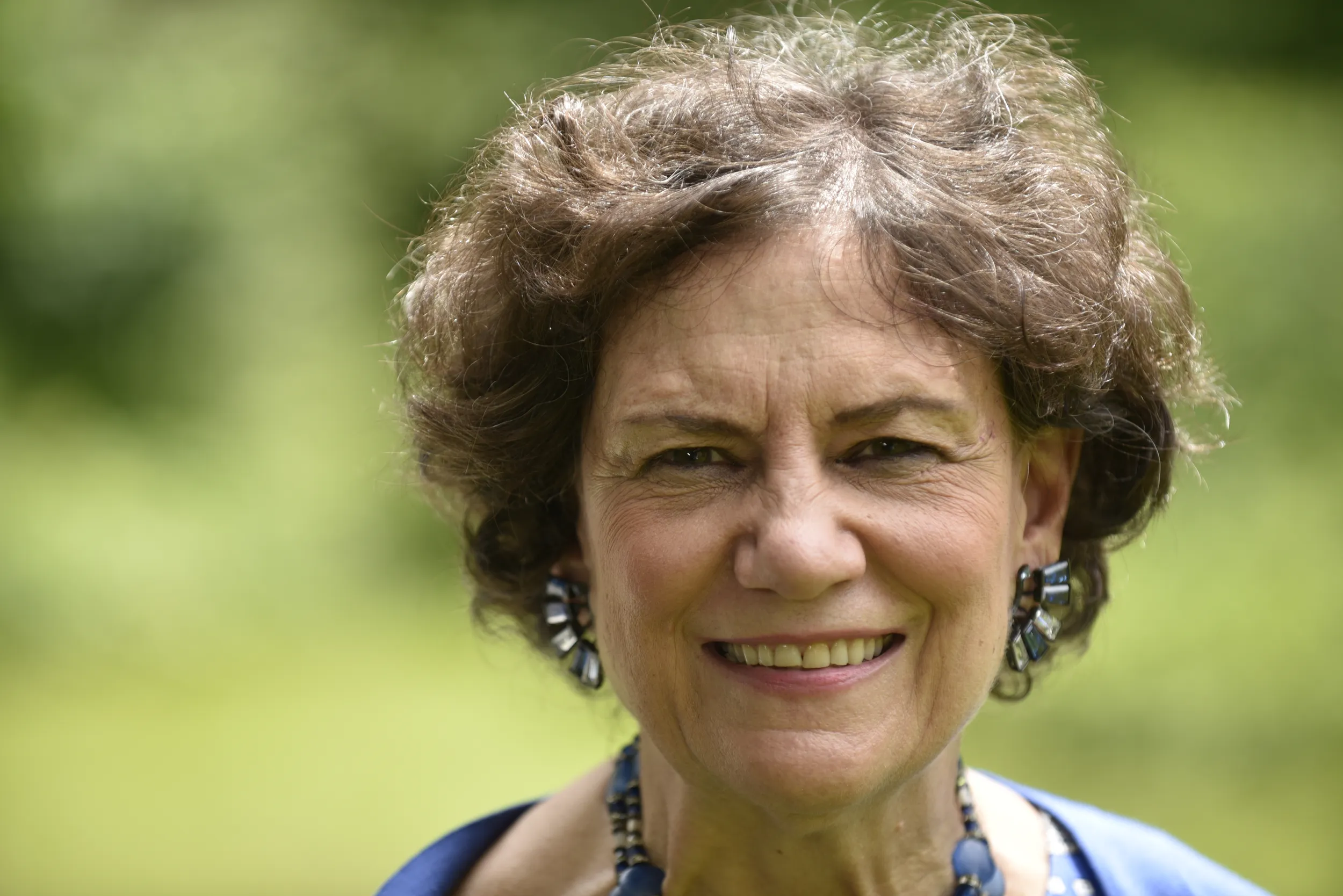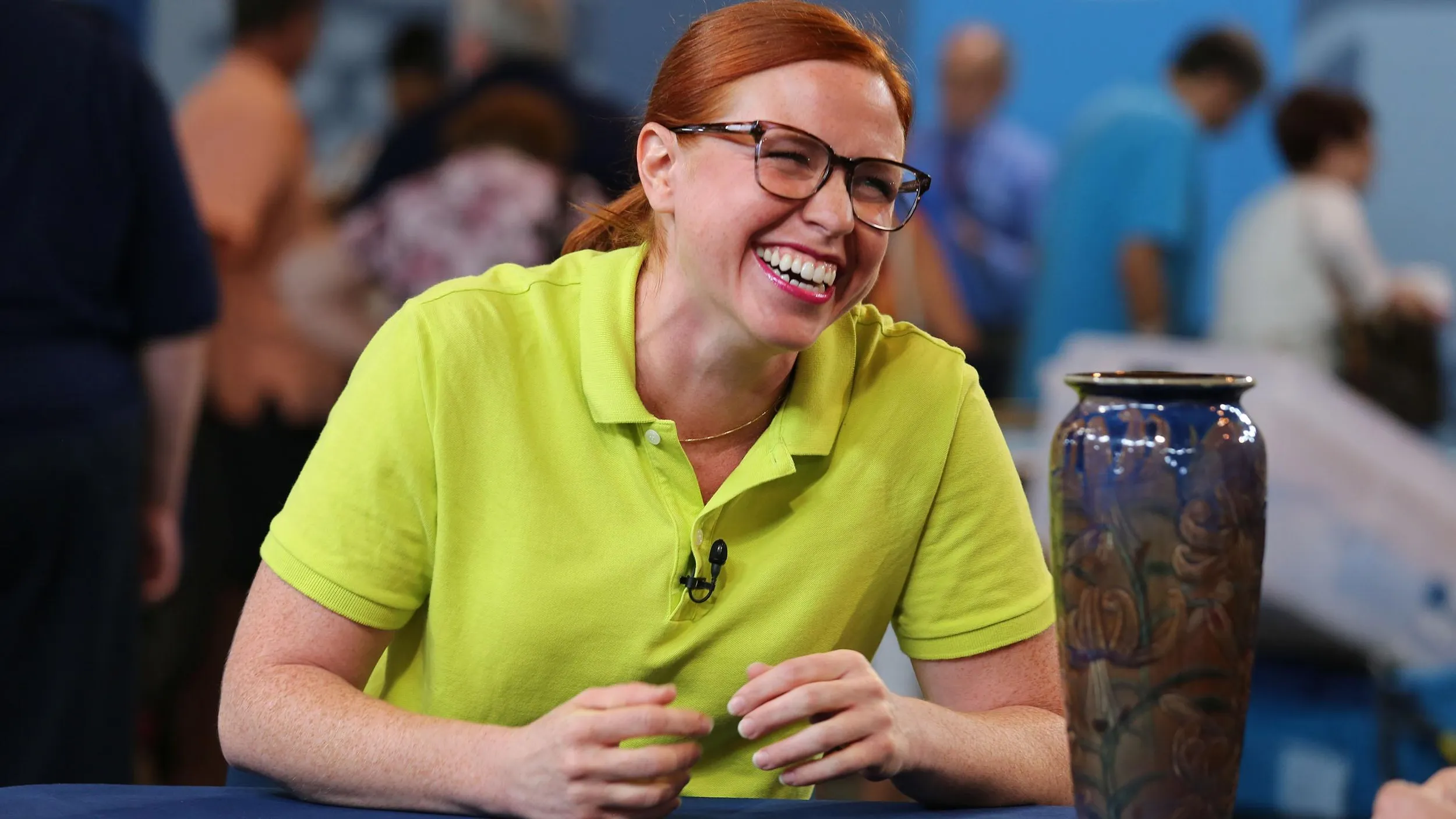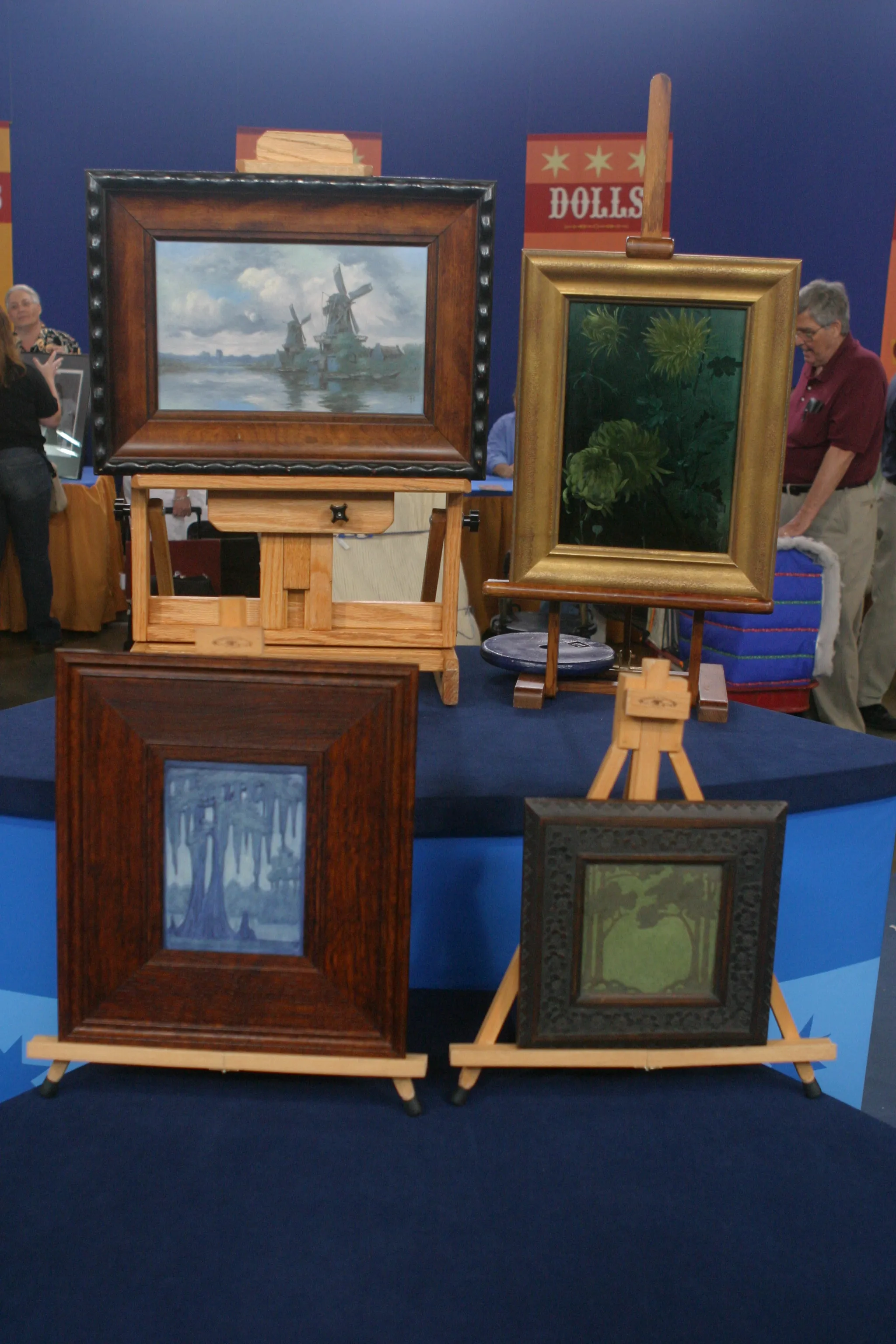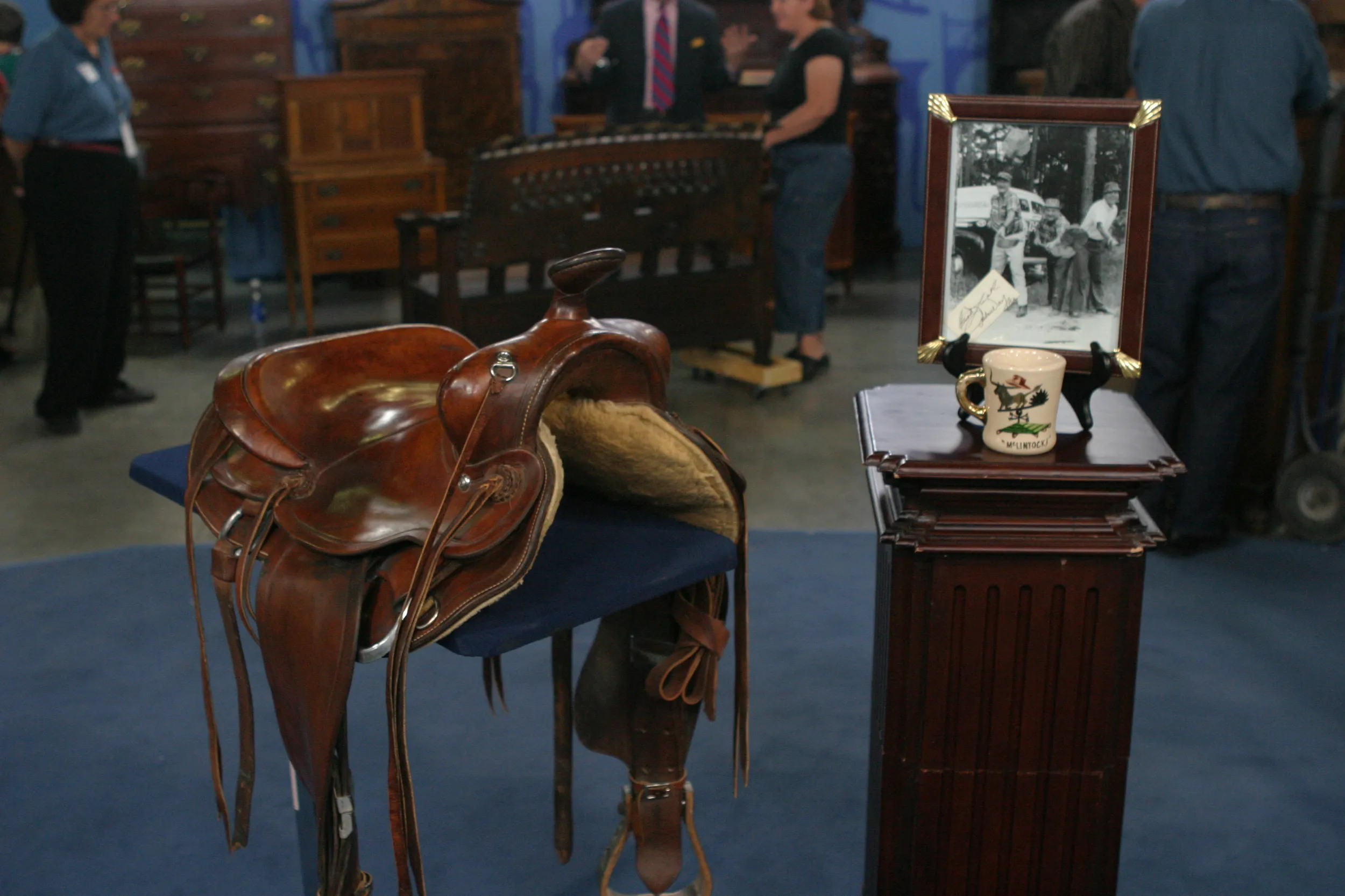APPRAISER: Today you've brought in a very interesting painting by Elbridge Burbank.
GUEST: That's right. My grandfather was a surgeon up in Kansas City, and Mrs. Whitehead was a woman who worked with his family doing a lot of cooking. I think she worked with him for over 20 years. And during that time, my grandpa would just care for the family, the extended family. She was married to a man who was of Navajo descent, and she, as a thank you just to him and for his care through the years, gave him this painting as a gift.
APPRAISER: Gave it to your grandfather?
GUEST: Yes, to my grandfather.
APPRAISER: Elbridge Burbank was born in 1858 in Illinois. And he had his first training in Chicago. But early on in the 1880s, he went to Munich, where many American artists went to study, and he was in the company of two other Taos artists, or eventual Taos artists, Joseph Henry Sharp and William Robinson Lee. So it was quite a coterie of artists who would eventually use the Native American as their subject matter. He comes back and graduates from the Art Institute of Chicago school, so that was quite a prominent education. And in the late 1890s, his uncle convinced him that he should go out West and paint all the prominent Indians or Native Americans.
GUEST: Oh, interesting.
APPRAISER: And so he goes to Arizona, where the Navajos were located.
GUEST: Yes.
APPRAISER: And you will see here that "Ganado, Arizona" is inscribed here in the right-hand side.
GUEST: Oh, okay.
APPRAISER: And that's where he went.
GUEST: I see.
APPRAISER: And he became very friendly with the trade post owner there, and basically painted, in his lifetime, over 2,000 portraits of Native Americans.
GUEST: Wow, Oh, that's fantastic.
APPRAISER: And they were some in oil like this, and others were conté crayon drawings. And in the group, he painted Geronimo. He was the only artist to paint Geronimo from life, and he did seven portraits of him.
GUEST: Oh, okay.
APPRAISER: And in fact, Geronimo thought that he was the nicest white man that he had ever met. In the upper left, we have the name of the Indian, as well as "Navajo." The Indian's name is Tanti Ta. In doing basic research on the Indian, we haven't really been able to find much out about him. So that's something that we need to continue to do. The artist painted many Indian chiefs and, of course, prominent members of the tribe, so we have to assume it's someone who had some prominence. This is a Navajo blanket. It's called a wearing blanket. The head treatment is very typical. And we have turquoise earrings called jaclas, as well as a silver bead necklace. And those were also a typical accoutrement the Navajo would wear. Condition-wise, as you can see, there are little tiny flakes of paint loss. And these flakes can be restored.
GUEST: Okay.
APPRAISER: The painting's also somewhat dirty. It would clean very nicely.
GUEST: Okay.
APPRAISER: It's also in its original condition. It's waffling a little bit, though, in the frame, and can be rekeyed or tightened. I feel that the painting was probably done between 1910 and 1920. Since he did so many Indian portraits, we do see them from time to time, and they vary in price, depending on the stature of the Native American
GUEST: Sure.
APPRAISER: and the clothing.
GUEST: Okay.
APPRAISER: And so in this particular case, the bright red blanket and the turquoise jewelry, I think, are quite striking. And if this were in a gallery in the Southwest, the asking price would be $10,000.
GUEST: Wow, that's fantastic. Oh, that's special. That's really nice to know.











